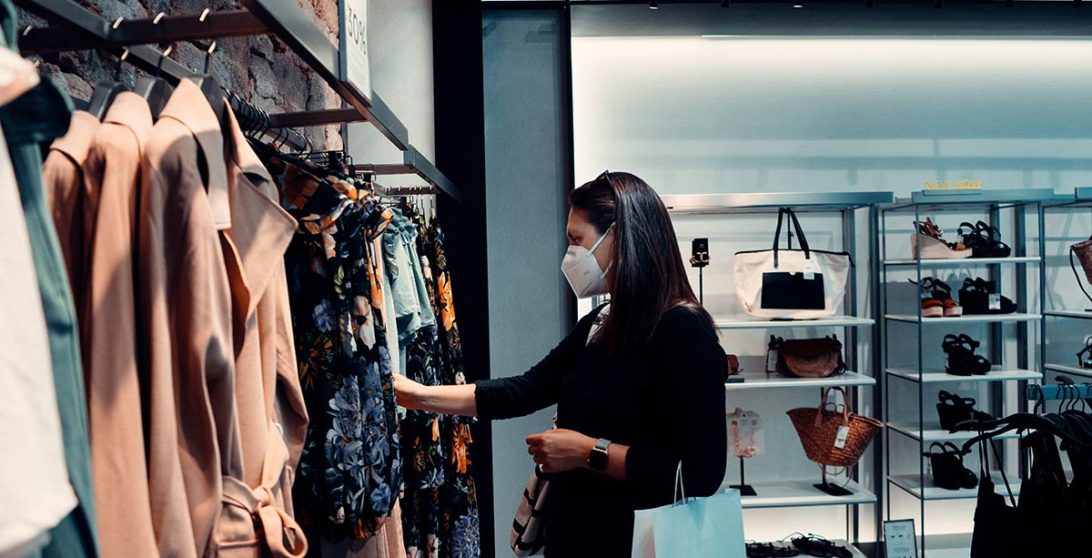
Rethinking the Customer Experience to Meet New Customer Expectations
The COVID crisis has reshuffled the customer relationship cards between brands and their consumers: in the context of lockdown, then reopening, companies have had to keep, maintain and even increase tenfold their usual links with their customers.
Making life easier for its customers by reviewing the customer journey
Due to the exceptional measures related to the lockdown and social distancing, the customer experience is changing. Companies need to be more agile, more empathetic, and closer to their customers. To do this, they are experimenting with new services and new offers and, day after day, drawing the outlines of their future customer centric strategy.

Following the temporary closing of stores whose activities are “non-priority” brands have reinforced their communication to remind customers of the possible purchase and delivery of their products/services or access to their customer services through digital channels. Thus, e-commerce has exploded since the start of the health crisis and the trend seems to go on.
However, the brand challenge remains to unify the customer journey in order to give the same offers and services on the digital channel as in stores.
For stores still open, an adapted journey is offered to customers. Brands anticipate their expectations by suggesting new offers:
- click and collect,
- home delivery,
- virtual fitting on cell phones thanks to the Veertus application,
- implementation of contactless drives, etc.
Innovations are being deployed and no sector seems to be spared. For example, Volvo has set up its online ordering system “Volvo at home”: customers order their new car on the manufacturer’s site and have it delivered directly to their home.
This hyper-digitalization of the customer journey, which had already started in several sectors before the crisis, was therefore also initiated with COVID-19 crisis, in sectors that hardly used it, such as the automotive sector. This hyper digitalization has been accompanied by the advent of the mobile first strategy and social networks: the time spent at home has skyrocketed the use of smartphones along with the purchase through the mobile channel.
(Re)connect with the consumer
At the time of COVID-19, a new priority is given to “Kindness”. The major challenge for the brands will be to place their customers at the heart of their concerns and to pay even more attention to them.

The Customer Service on the front line
Customer Service, on the front line, must be more attentive to the customer than ever before. Kind and reassuring words, the tone is set for benevolence: the customer wants to feel pampered and relieved of his anxieties.
Speeches are no longer focused on operational efficiency but on the essential needs of customers.
Brands enrich the experience offered to their customers by prioritizing understanding over knowledge and putting real needs at the heart of designing or enhancing experiences. Since the beginning of the crisis, Nespresso has doubled its presence on its chatbot and social networks thanks to the volunteer work of its employees. Community chats have since seen their interactions multiplied by 2. More human and more authentic, the conversations that the chats create generate customer insights that will inspire the Customer Experience action of the brands.
The loyalty programs
In addition to customer service, loyalty programs have also had to be generous and empathetic to their members.

Aiming to positively engage with customers and build loyalty, many companies have adopted new approaches to adapt to this new situation:
- Carryover of loyalty points (adopted in particular by airlines)
- Lowering the point threshold to reach the next advantage
- Extension of status validity periods (relaxed rules to protect the status of loyal members, especially for certain hotel group loyalty programs)
- Proposing new subscription offers and free services (especially with entertainment distributors such as Canal+, Netflix or others)
- Depreciation of duration and use levels, particularly in mobile telephony
Exploit data to personalize the customer experience
Even if the Customer Experience transformation was already well in place for some brands, others need to stay on track to remain competitive and retain their customers’ preference.
Priority is given to control customer data: in order to send the right content to the right person at the right time, the company needs to segment its customer database and control behavioral data to link it to the content being sent.

Furthermore, in order to follow the new customer consumption habits – mainly e-commerce and mobile – brands must not forget to boost their online content in order to offer a seamless omnichannel journey.
Since the beginning of the health crisis, companies have had to face new challenges in personalizing the customer experience.
You have a project?
